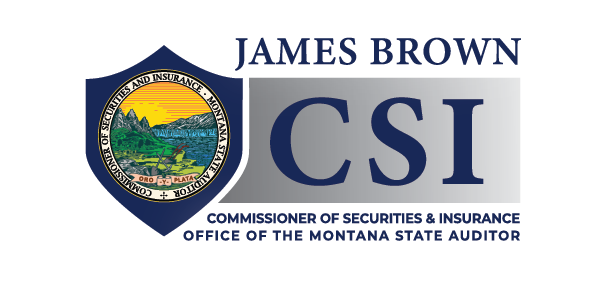By Troy Downing
 When it comes to insuring your home it is important to know there is a significant difference between “Replacement Cost” and “Actual Cash Value” coverage. We’ll get to that shortly.
When it comes to insuring your home it is important to know there is a significant difference between “Replacement Cost” and “Actual Cash Value” coverage. We’ll get to that shortly.
You can’t watch TV without seeing an insurance commercial. Whether it’s Progressive’s Flo, Allstate’s Mayhem, or Jake from State Farm, there is a heavy flow of advertisements for insurance companies. Insurance is one of the most competitive industries in the United States, with over one million agents writing 1.28 trillion dollars in premiums in 2020. In this hyper-competitive environment, insurance companies do everything they can to compete by keeping rates low. The problem is, often lower rates equal reduced benefits. In other words, artificially low rates may harm some homeowners who do not fully understand their policies.
One way to keep rates low is by raising deductibles. Homeowner deductibles have risen sharply over the years. Many policyholders are likely unaware their deductible may be higher for some types of claims. Growing increasingly common are plans that include split deductibles – meaning losses caused by certain events such as hail and wind may vastly increase the deductible you pay. It may change from a fixed price deductible to a percentage of the total amount of insured coverage. For example, if a home is insured for $325,000 and the split deductible rate is 5% for hail damage to the roof, the homeowner will pay the first $16,250 before the insurance company will pay on the claim ($16,250 is 5% of the policy limit of $325,000).
This costly repair would stretch the pocketbook of almost any Montana family. Unfortunately, depending on the type of coverage, the insurance company still may not cover total replacement of the roof after the deductible is paid. This may leave the homeowner high out-of-pocket costs for repair.
Some insurance companies include provisions in homeowner policies that change the way claims are paid out for older roofs. For example, once a roof reaches 10 to 15 years old, hail damage to the roof may be paid at “Actual Cash Value” rather than “Replacement Cost Value.” “Actual Cash Value” takes condition, age, and wear and tear into account to estimate the current cash value of the existing roof. In an “Actual Cash Value” policy the insurance company will not pay to fully replace the roof – they will pay an adjusted amount based on the “Actual Cash Value” of the roof.
While this is likely a worst-case scenario, consider this: A hailstorm severely damages a homeowner’s roof. The insurance adjuster estimates the cost to replace the 12-year-old roof will be $20,000. The $250,000 insurance policy has a 2% split deductible for hail events, and the company pays “Actual Cash Value” for a roof ten years or older rather than paying the replacement cost.
In this scenario, the insurance company takes the estimated replacement cost of the roof – $20,000, and applies 50% depreciation to arrive at the “Actual Cash Value” or ACV of the roof. (This is based on the theory that the average useful life of the roof is 25 years, and the roof is 12 years old, so it’s half past its useful life) So, $20,000 – $10,000 (50% depreciation) = $10,000; then the 2% deductible is applied. 2% of $250,000 coverage limit is $5,000, which is then applied as the policy deductible. This leaves the homeowner on the hook to pay $15,000 after insurance.
Alternatively, a policy that covers “Replacement Cost” will cover the entire replacement minus the applicable deductible. It is important to note that replacement cost is likely more expensive than paying “Actual Cash Value,” so the premium is likely higher in this type of product.
Making informed decisions regarding your insurance coverage can save you thousands, sometimes tens of thousands, of dollars. Low premiums and a competitive marketplace are good for lowering monthly costs, but there can be pitfalls. It’s important to understand your policy thoroughly and use your insurance agent as a resource. Ask questions to better understand your level of risk to calculate the amount and type of coverage needed to protect your financial future. If you have questions about replacement costs, cash value, or split deductibles, please call the Office of the Commissioner of Securities and Insurance at 444-2040 or visit CSIMT.gov.
Troy Downing is the Commissioner of Securities and Insurance, Montana State Auditor.
Click HERE to view the article.
Was this helpful?
Please give us your feedback!
Please let us know how we could improve this article.
